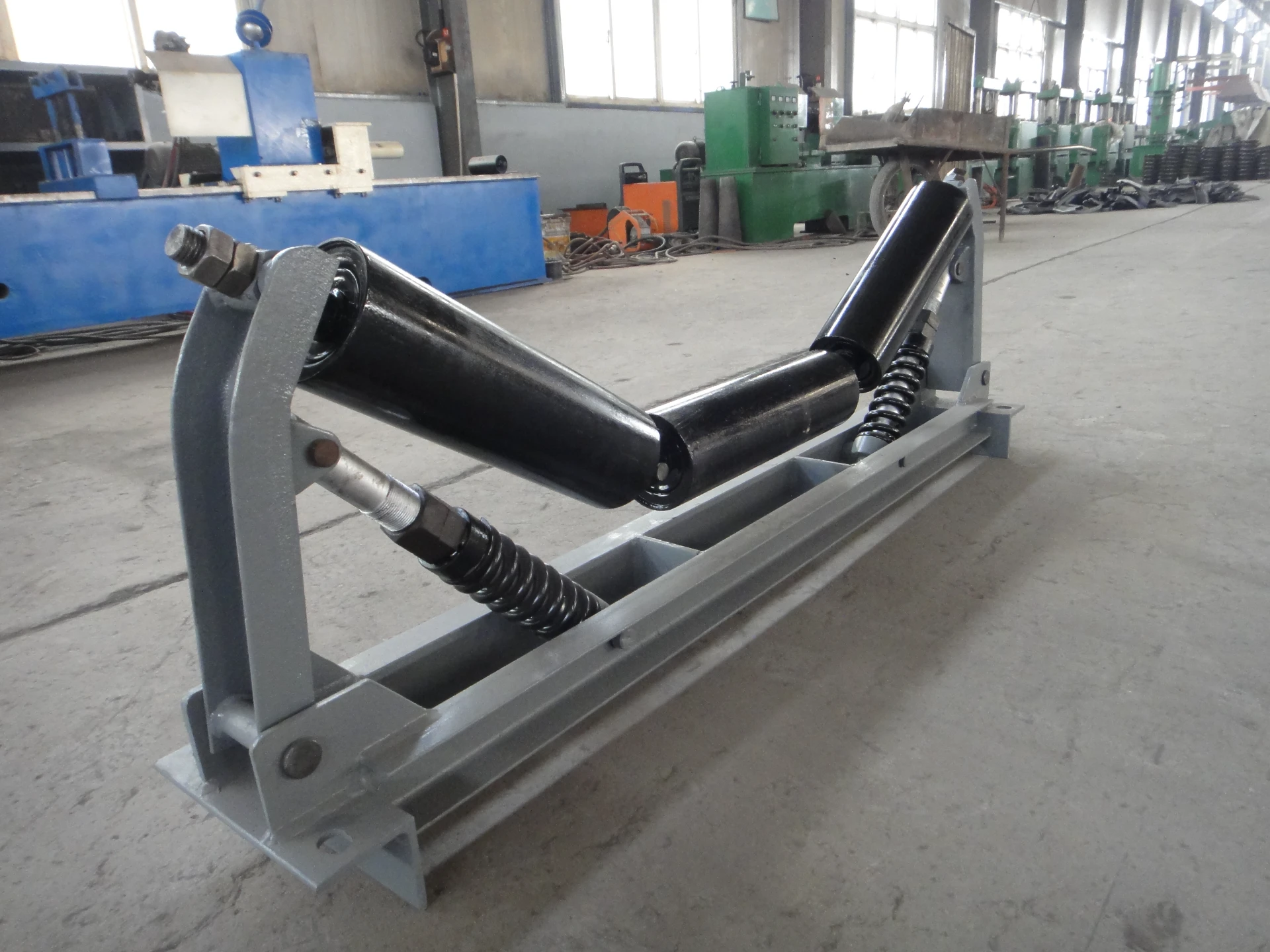 Afrikaans
Afrikaans  Albanian
Albanian  Amharic
Amharic  Arabic
Arabic  Armenian
Armenian  Azerbaijani
Azerbaijani  Basque
Basque  Belarusian
Belarusian  Bengali
Bengali  Bosnian
Bosnian  Bulgarian
Bulgarian  Catalan
Catalan  Cebuano
Cebuano  Corsican
Corsican  Croatian
Croatian  Czech
Czech  Danish
Danish  Dutch
Dutch  English
English  Esperanto
Esperanto  Estonian
Estonian  Finnish
Finnish  French
French  Frisian
Frisian  Galician
Galician  Georgian
Georgian  German
German  Greek
Greek  Gujarati
Gujarati  Haitian Creole
Haitian Creole  hausa
hausa  hawaiian
hawaiian  Hebrew
Hebrew  Hindi
Hindi  Miao
Miao  Hungarian
Hungarian  Icelandic
Icelandic  igbo
igbo  Indonesian
Indonesian  irish
irish  Italian
Italian  Japanese
Japanese  Javanese
Javanese  Kannada
Kannada  kazakh
kazakh  Khmer
Khmer  Rwandese
Rwandese  Korean
Korean  Kurdish
Kurdish  Kyrgyz
Kyrgyz  Lao
Lao  Latin
Latin  Latvian
Latvian  Lithuanian
Lithuanian  Luxembourgish
Luxembourgish  Macedonian
Macedonian  Malgashi
Malgashi  Malay
Malay  Malayalam
Malayalam  Maltese
Maltese  Maori
Maori  Marathi
Marathi  Mongolian
Mongolian  Myanmar
Myanmar  Nepali
Nepali  Norwegian
Norwegian  Norwegian
Norwegian  Occitan
Occitan  Pashto
Pashto  Persian
Persian  Polish
Polish  Portuguese
Portuguese  Punjabi
Punjabi  Romanian
Romanian  Russian
Russian  Samoan
Samoan  Scottish Gaelic
Scottish Gaelic  Serbian
Serbian  Sesotho
Sesotho  Shona
Shona  Sindhi
Sindhi  Sinhala
Sinhala  Slovak
Slovak  Slovenian
Slovenian  Somali
Somali  Spanish
Spanish  Sundanese
Sundanese  Swahili
Swahili  Swedish
Swedish  Tagalog
Tagalog  Tajik
Tajik  Tamil
Tamil  Tatar
Tatar  Telugu
Telugu  Thai
Thai  Turkish
Turkish  Turkmen
Turkmen  Ukrainian
Ukrainian  Urdu
Urdu  Uighur
Uighur  Uzbek
Uzbek  Vietnamese
Vietnamese  Welsh
Welsh  Bantu
Bantu  Yiddish
Yiddish  Yoruba
Yoruba  Zulu
Zulu return roller for conveyor belt
Enhancing Conveyor Systems with Return Rollers
In the world of material handling, efficient transport systems are a critical element of production and logistics. One of the key components that ensure the smooth operation of conveyor belts is the return roller. This seemingly simple device plays a vital role in the overall functionality and longevity of conveyor systems.
What is a Return Roller?
A return roller is a component of a conveyor belt system that supports the return side of the belt as it travels back to the loading point. Positioned underneath the conveyor belt, these rollers are designed to keep the belt aligned and reduce friction as it returns. They are typically spaced at regular intervals along the conveyor's length, ensuring that the belt maintains its structural integrity and performs effectively.
Functions of Return Rollers
Return rollers serve several critical functions in the operation of conveyor belts
1. Support and Alignment One of the primary purposes of return rollers is to provide support to the conveyor belt while it is returning to the loading area. They help maintain the proper alignment of the belt, preventing it from wandering off its track, which can lead to wear and damage.
2. Friction Reduction By providing a smooth surface for the return side of the conveyor belt, return rollers help minimize friction. This reduction in friction not only allows the belt to move more freely, thus decreasing energy consumption, but also reduces wear on both the belt and the rollers.
3. Material Handling While the main function of the return roller is to support the return side of the conveyor belt, it also helps facilitate the movement of materials along the system. A well-maintained return roller system ensures that any residual materials on the belt are effectively cleared, minimizing spillages and cleanup efforts.
4. Maintenance of Belt Tension Proper tension in the conveyor belt is crucial for its operation. Return rollers assist in maintaining the correct tension throughout the length of the belt, thereby ensuring efficient operation and extending the lifespan of the conveyor system.
Types of Return Rollers
There are different types of return rollers available, each designed for specific applications and environments
return roller for conveyor belt

1. Standard Return Rollers These are typically cylindrical and designed for most general applications. They are usually made from durable materials that can withstand the wear and tear of various materials being transported.
2. Impact Return Rollers Specifically designed for environments where heavy or abrasive materials are handled, impact return rollers feature additional cushioning to absorb shocks and reduce wear on the belt.
3. Self-Cleaning Rollers In situations where materials tend to stick to the belt, self-cleaning return rollers are an excellent solution. These rollers are designed with features that keep them clean, ensuring that material buildup does not impede the operation of the conveyor.
4. Carrying Return Rollers These are designed to support belt sections where material is being transported, and they primarily serve to stabilize the belt during operation.
Advantages of Utilizing Return Rollers
Employing return rollers in conveyor systems offers numerous advantages
1. Increased Efficiency By reducing friction and enhancing alignment, return rollers contribute to smoother operation and increased efficiency of the conveyor system.
2. Extended Equipment Life A well-functioning return roller system can significantly increase the lifespan of the conveyor belt and associated equipment by minimizing wear and preventing misalignment.
3. Cost Savings With increased efficiency and reduced maintenance needs, organizations can save on operational costs in the long run.
4. Improved Safety By ensuring that the conveyor belt operates smoothly and aligns correctly, return rollers contribute to a safer working environment, reducing the likelihood of equipment malfunction and accidents.
Conclusion
Return rollers are an integral part of conveyor belt systems that facilitate the efficient and effective transport of materials. Their roles in support, alignment, and maintenance directly impact the performance and longevity of the entire conveyor system. By choosing the right type of return roller for a specific application, businesses can enhance the efficiency of their operations, reduce maintenance costs, and create a safer work environment. In the fast-paced world of logistics and material handling, investing in quality return rollers is a step toward ensuring a reliable and productive conveyor system.
-
Revolutionizing Conveyor Reliability with Advanced Rubber Lagging PulleysNewsJul.22,2025
-
Powering Precision and Durability with Expert Manufacturers of Conveyor ComponentsNewsJul.22,2025
-
Optimizing Conveyor Systems with Advanced Conveyor AccessoriesNewsJul.22,2025
-
Maximize Conveyor Efficiency with Quality Conveyor Idler PulleysNewsJul.22,2025
-
Future-Proof Your Conveyor System with High-Performance Polyurethane RollerNewsJul.22,2025
-
Driving Efficiency Forward with Quality Idlers and RollersNewsJul.22,2025





























